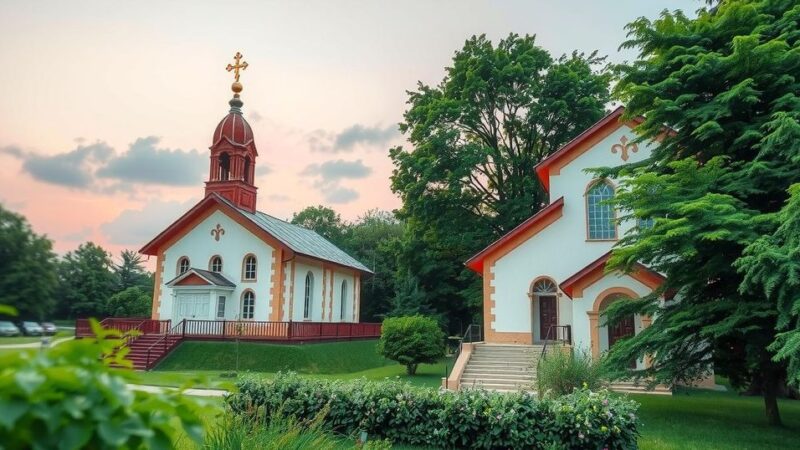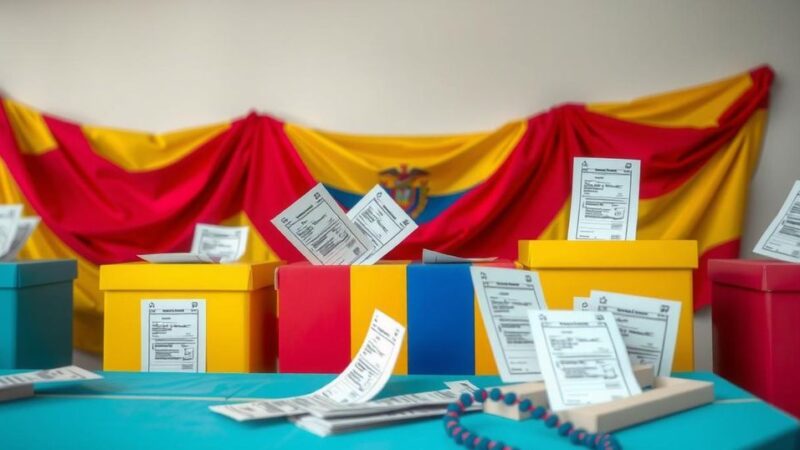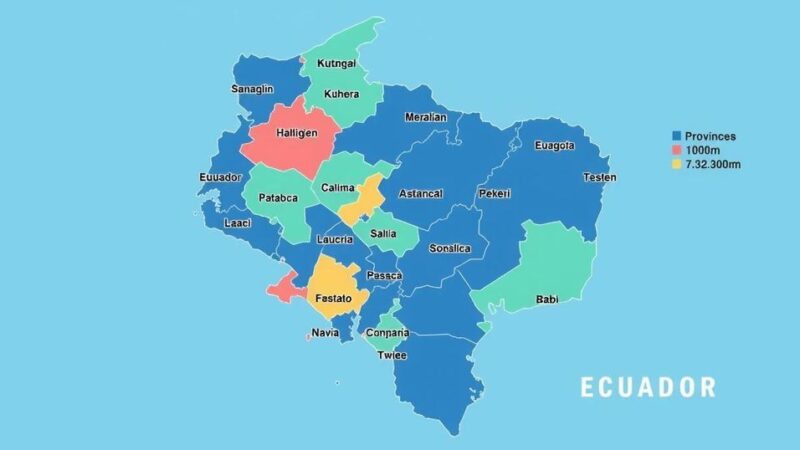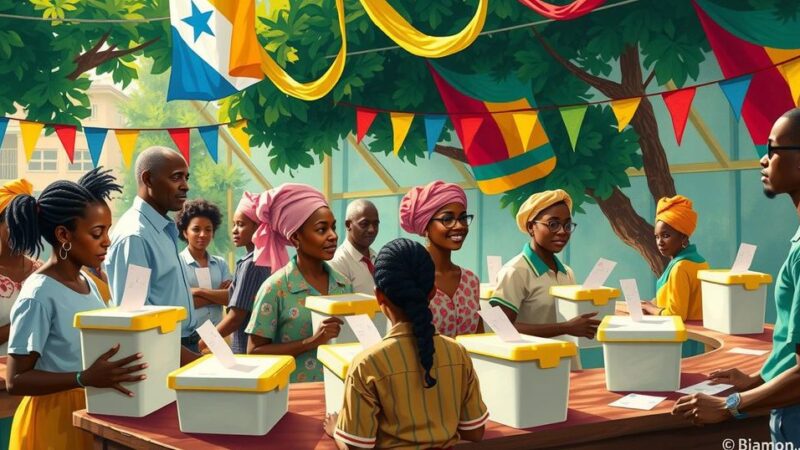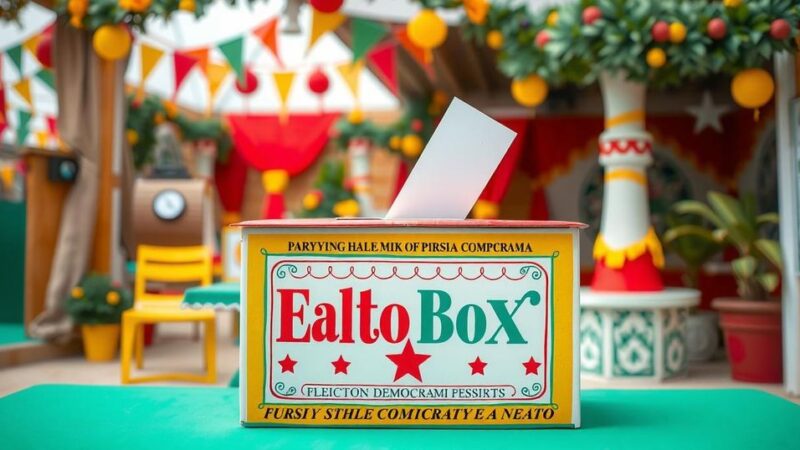The ratification of a union contract by Brass Jar Productions for “Drunk Shakespeare” highlights a significant gap between stated and revealed preferences in education and workforce choices. While people express satisfaction with public education, many opt for alternatives, such as charter schools, driven largely by economic uncertainties. As the 2024 presidential election approaches, this disconnect may indicate a shift toward safer political choices, as voters prioritize stability amid economic challenges.
The recent ratification of a unique union contract by Brass Jar Productions for their show “Drunk Shakespeare” highlights a fascinating gap between what individuals claim to prefer in education and workforce dynamics versus their actual choices. This production, which combines theatrical performance with alcohol consumption, illustrates a broader trend in society where stated preferences do not align with revealed preferences. Contrary to generally held beliefs that individuals prefer sober, conventional performances, both Drunk Shakespeare and its ilk find substantial audience appeal, indicating a deeper complexity in consumer behavior. This trend extends into the educational sector, particularly within K-12 systems where many parents express satisfaction with public schools. Despite this, the migration to charter schools and other alternatives signals a robust dissatisfaction masked by stated satisfaction. Over 3.7 million students now attend charter schools, and innovations like Education Savings Accounts reflect a pronounced shift toward more flexible educational options. In higher education, the statistical drop in community college enrollment by 32% over the last decade contrasts sharply with public support for these institutions, suggesting a disconnect between what individuals advocate for and their personal educational choices for their children. Economic apprehension emerges as a constant factor influencing these choices. The rapid changes in job availability and structural shifts in the economy have left parents feeling uncertain about their children’s future prospects. Thus, enrollment trends indicate a notable preference for urban schools with connections to better job markets. As the 2024 presidential election approaches, the relationship between education and voting behavior becomes critical to understanding electoral outcomes. The evident tension between stated preferences for policies supporting education and the revealed practices of individuals suggests that voters may seek safer choices at the polls, especially in light of recent economic challenges. The upcoming election may indeed shed light on whether voters will continue to pursue the American Dream or settle for the perceived stability of alternatives.
The article explores the discord between individuals’ stated preferences and their actual choices in the realms of education and workforce development. This dichotomy is evidenced by various educational trends, where public satisfaction with traditional schools does not reflect in student enrollment patterns, favoring alternatives such as charter schools or community colleges. This disconnect is further compounded by socioeconomic anxieties influencing parental decisions regarding their children’s education and career prospects. As the political landscape shifts heading into the 2024 election, these trends may reveal deeper insights into voter behavior and preferences.
The discourse presented underscores a significant disconnect between declared preferences and the actual behaviors exhibited in educational choices and political voting. Economic anxieties and a shifting job landscape heavily inform these choices, indicating that as voters navigate the upcoming election, the interplay between perceived risk and potential outcomes may critically influence their decisions. Understanding this dynamic will be essential in anticipating electoral responses.
Original Source: www.forbes.com

